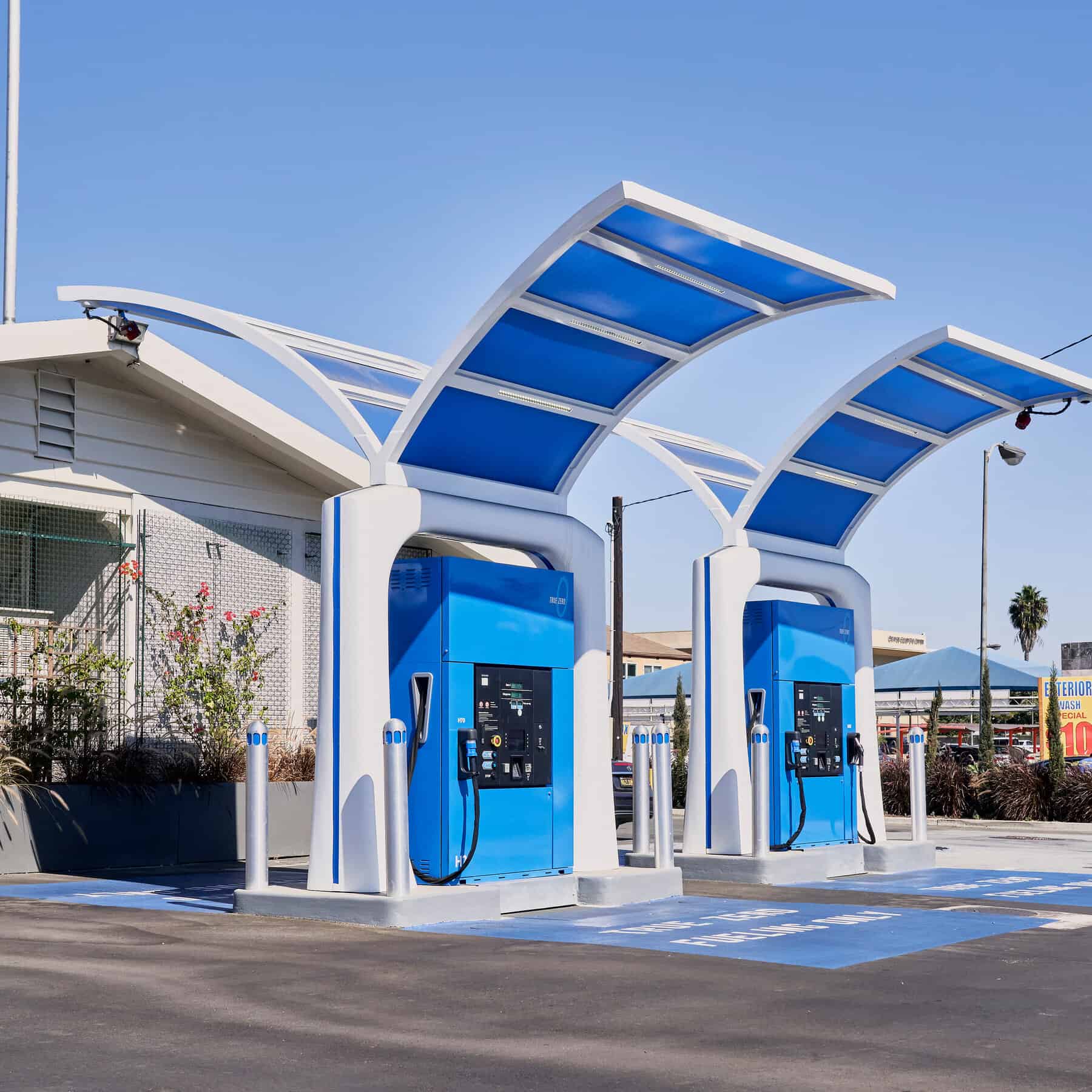Abu Dhabi Department of Energy (DoE) Monday announced that the development of its hydrogen policy and regulatory framework aims to accelerate the UAE’s national hydrogen strategy and help the country attain global leadership in low-carbon and clean hydrogen.
In this connection, the DoE is working with key Abu Dhabi government and private sector stakeholders, including ADNOC, Mubadala, Masdar, ADQ, TAQA, Emirates Water and Electricity Company, Abu Dhabi Ports, Ministry of Infrastructure and Energy, Department of Economic Development, Department of Municipalities and Transport, Department of Finance and Environment Agency – Abu Dhabi.
The DoE’s hydrogen policy and regulatory framework aim to clearly define policies, regulations, standards and certifications for the emerging hydrogen industry to be globally competitive.
Due to the nature of the industry, its broad target markets, emerging industrial forms and functions, growth characteristics of demand and deeply technical components, a policy and regulatory framework is essential to ensure sustainable development and to position Abu Dhabi as a leader in the production and usage of hydrogen worldwide.
The DoE expects to report on the outcomes of the policy and the regulatory framework before the end of 2022.
Ahmed Mohammed Belajer Al Rumaithi, Under-Secretary of the Abu Dhabi Department of Energy, said, “A vibrant low carbon hydrogen production and consumption industry will place Abu Dhabi and the UAE at the global forefront of countries producing green energy.”
He said, “It can potentially increase low-carbon hydrogen production in Abu Dhabi to over a million tonnes per annum by 2030.”
He added, “Locally produced hydrogen will act as a driver of innovation and economic diversification, allowing for the decarbonization of the economy in line with UAE National Energy Strategy 2050, Net Zero commitment and improved energy security to support the economic, environmental and social sustainability requirements of the emirate.”
Climate change and the need for decarbonizing economies worldwide are driving the pursuit of low-carbon hydrogen technologies as a fuel source.
The Hydrogen Council reported in 2021 that hydrogen is an aspiration for the world as a future energy source.
Over 30 countries have released hydrogen roadmaps and the industry has announced over 200 hydrogen projects and ambitious investment plans.
Total investments can exceed US$300 billion in hydrogen spending through 2030 – the equivalent of 1.4 percent of global energy funding.
Given that the industry is at an early stage technical issues need resolving and effort and investment must be committed to reducing costs.
Hydrogen operations need standards, regulations and certifications.
International organizations, such as the European Commission, stipulate green hydrogen usage and the criteria for its production, ensuring the use of clean fuel sources.
Countries are also piloting projects to produce green hydrogen and use it for running vehicles.
According to the Hydrogen Council, worldwide hydrogen production has already reached 70 million tonnes per year, but 96 percent of this is grey hydrogen, produced from steam reformation of methane and costs about $1 per kilogram (kg).
Blue hydrogen, which relies on carbon capture and storage technologies to remove emissions from grey hydrogen, costs around $2 per kg.
Whereas green hydrogen, produced by splitting water into hydrogen and oxygen using renewable electricity, costs at least $4 per kg.
Lastly, there is pink hydrogen, produced as an offshoot of nuclear power.
In Abu Dhabi, hydrogen production is underway as a feedstock for ammonia and industrial processes. However, this is mainly grey hydrogen for which production relies on natural gas.
ADNOC has announced plans to increase its carbon capture capacity five-fold from 800,000 tonnes to five million tonnes by 2030.
This will make Abu Dhabi one of the world’s lowest-cost and largest producers of blue hydrogen.
With its abundant land, water and solar electricity, Abu Dhabi is committed to being a global supplier of green hydrogen.
The DoE’s policy and regulatory framework address the issue of how Abu Dhabi will produce green hydrogen on a large scale.
Al Rumaithi said,”The UAE announced a high-level Hydrogen Roadmap at COP26 in Glasgow and the DoE is working closely with all stakeholders to leverage our resources and capabilities to position our country as a world-leading low-carbon hydrogen hub, a key trade partner and supplier of low carbon hydrogen.”
He said, “Among critical strategic approaches identified in the framework are global collaborations in research and innovation. We are exploring opportunities for the exchange of next-generation hydrogen technologies with international providers and research institutions.”
The DoE provides oversight of the industrial framework to ensure that all entities can participate effectively.

